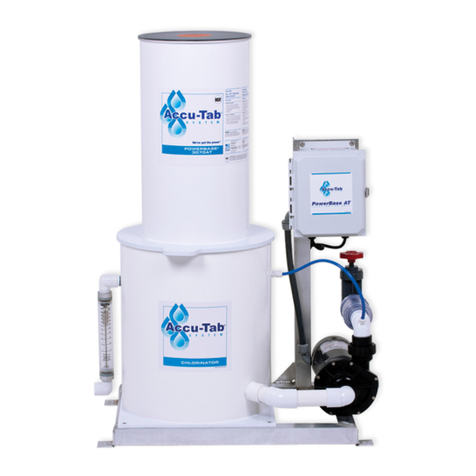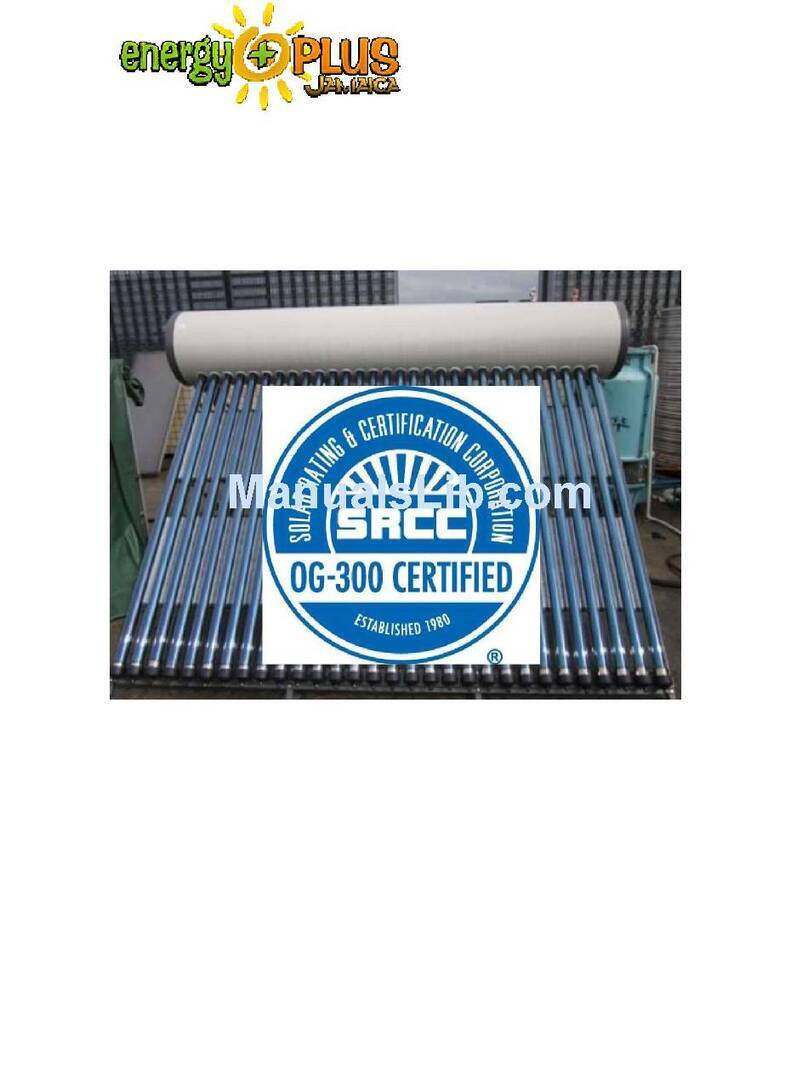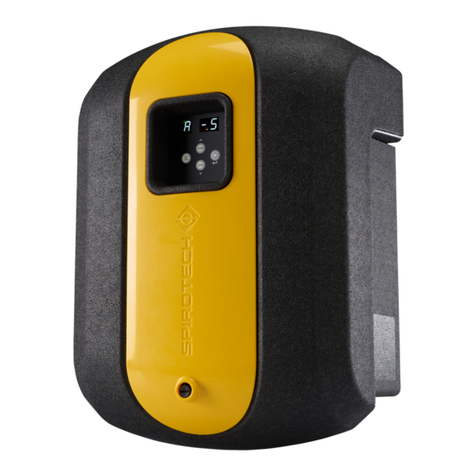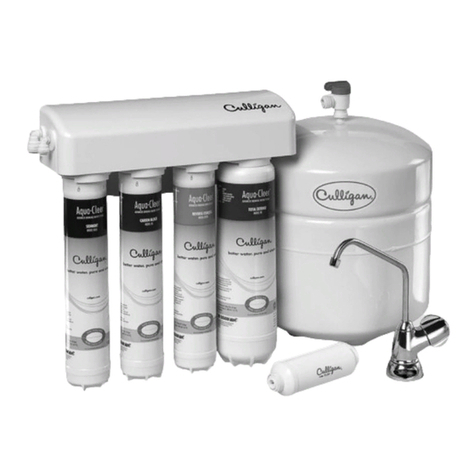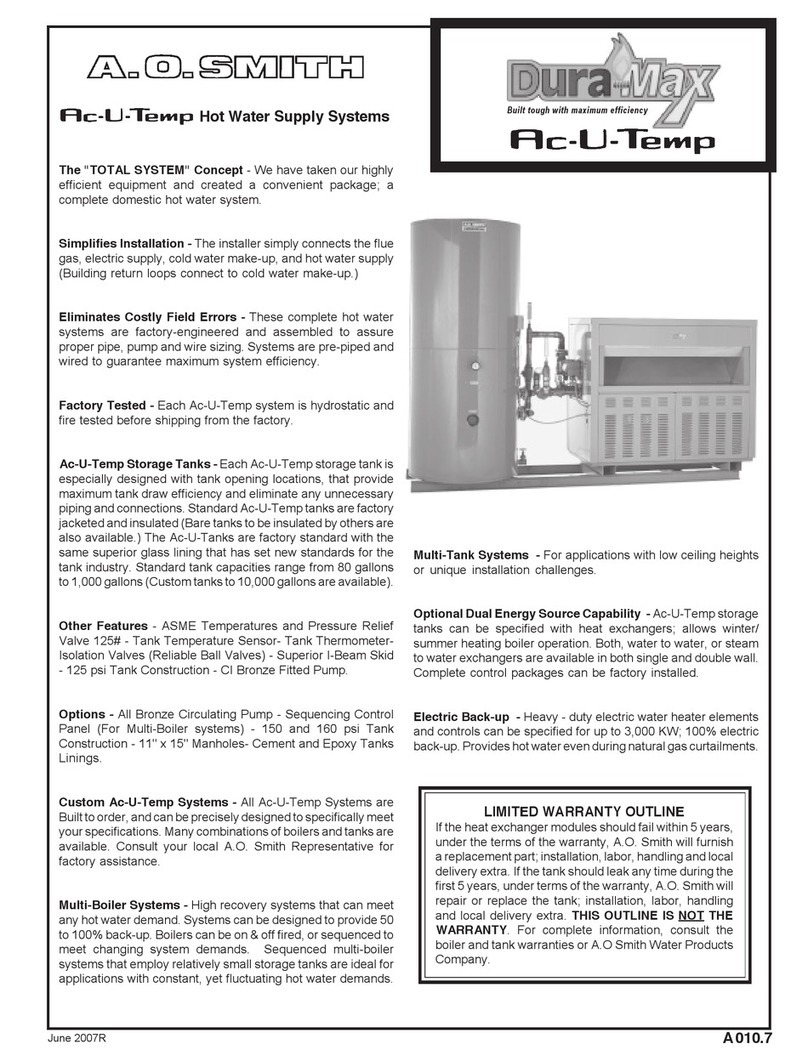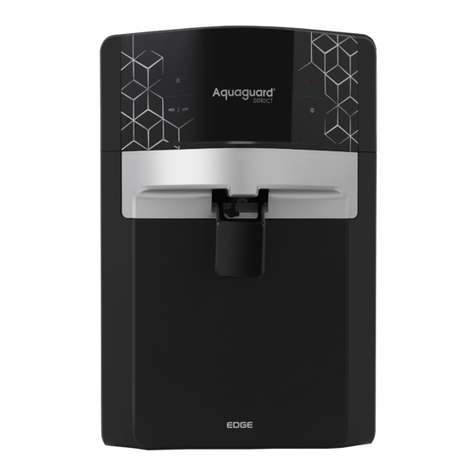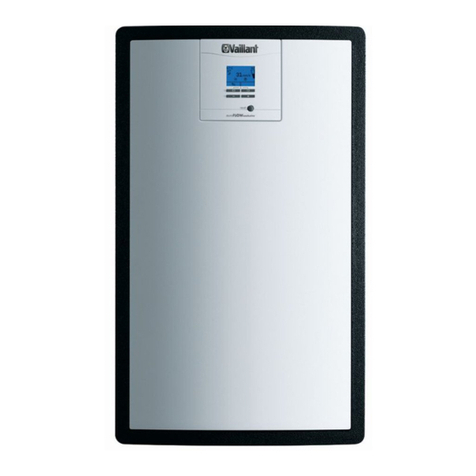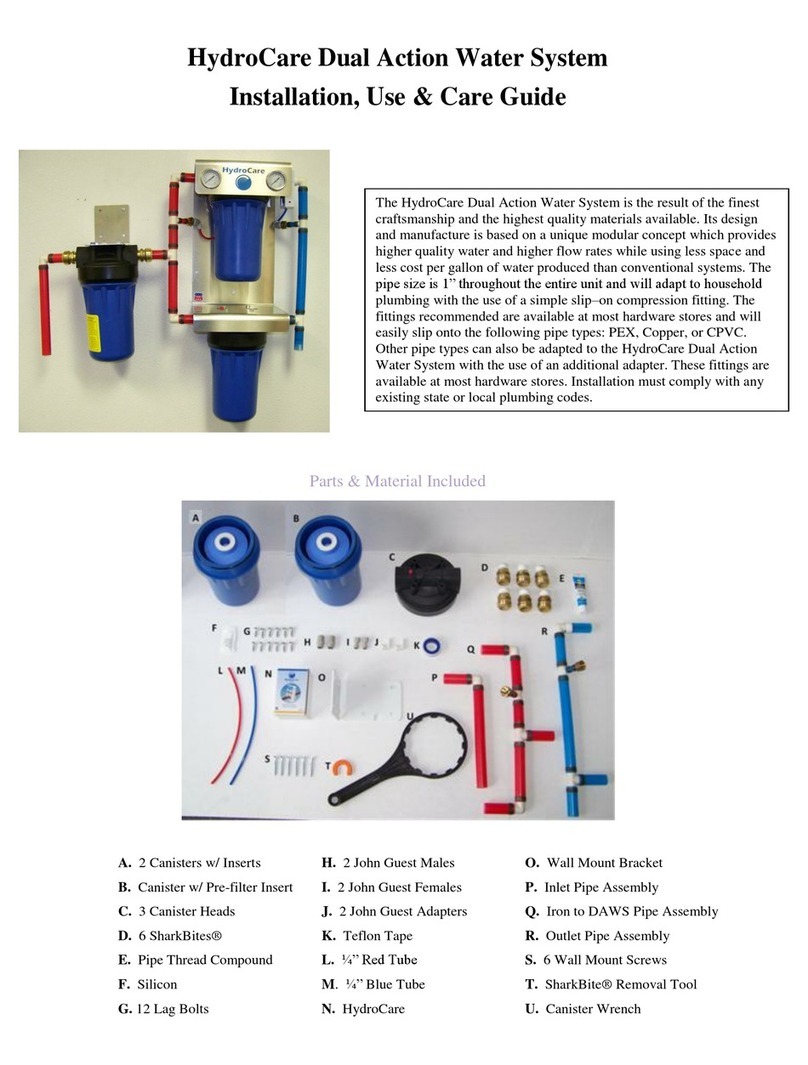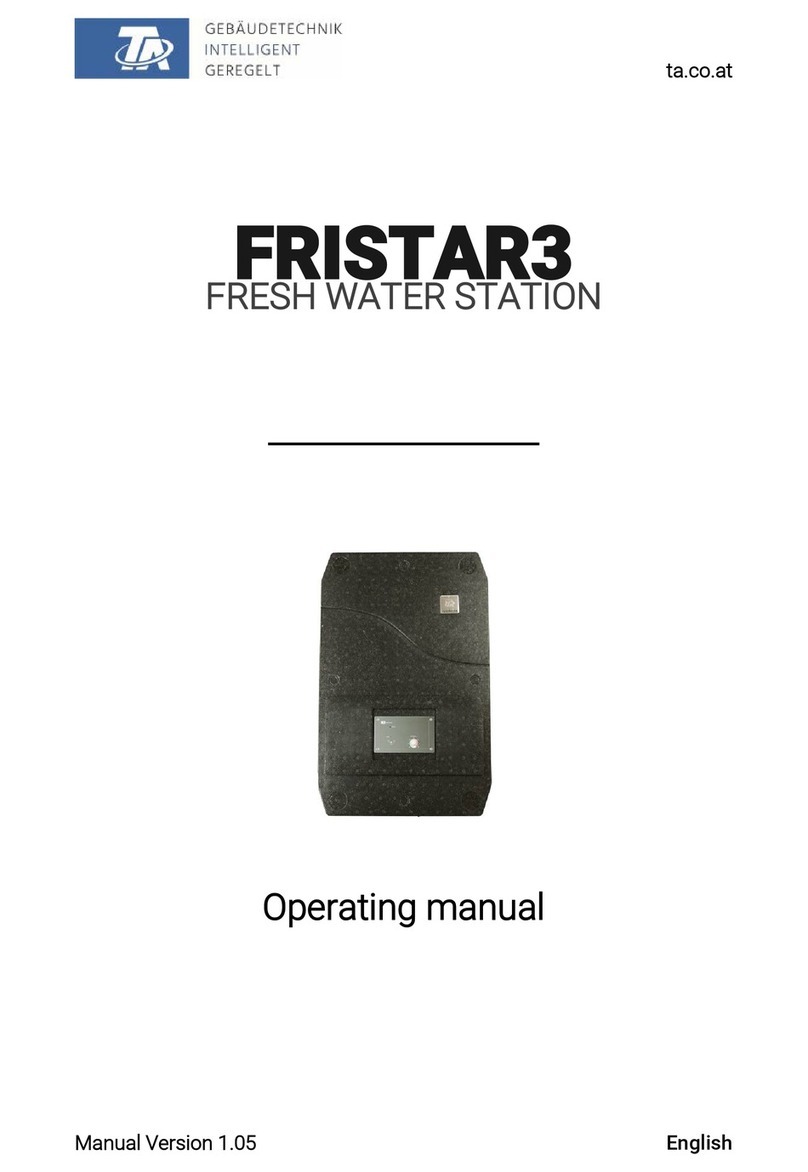
3
1. OPERATING INSTRUCTIONS ..................................................................5
1.1. Symbols ..........................................................................................5
1.2. Definitions of terms .....................................................................5
2. AUTHORIZED USE........................................................................................6
2.1. Restrictions ....................................................................................6
3. BASIC SAFETY INSTRUCTIONS ...........................................................6
4. GENERAL INFORMATION ..........................................................................7
4.1. Contact address ...........................................................................7
4.2. Warranty.......................................................................................... 7
4.3. Information on the Internet .......................................................... 7
5. SYSTEM DESCRIPTION .............................................................................8
5.1. Intended application area............................................................8
5.2. General description ......................................................................8
5.3. Functions ........................................................................................8
6. TECHNICAL DATA ..........................................................................................9
6.1. Conformity ...................................................................................... 9
6.2. Standards .......................................................................................9
6.3. Operating conditions ...................................................................9
6.4. General technical data ................................................................9
6.5. Schematic circuit ........................................................................12
7. ASSEMBLY .....................................................................................................13
7.1. Safety instructions ......................................................................13
7.2. Assembly of the functional unit ................................................13
8. INSTALLATION .............................................................................................15
8.1. Safety instructions ......................................................................15
8.2. Pneumatic installation ................................................................15
8.3. Hydraulic installation ..................................................................16
8.4. Parts list for the screw connections .......................................16
8.5. Overview of MasterJet screw connections
with the pneumatic unit .............................................................17
8.6. Electrical installation ...................................................................18
8.7. Electrical installation ...................................................................19
9. START-UP .......................................................................................................20
9.1. Safety instructions ......................................................................20
9.2. Starting-up the pneumatic unit ................................................20
9.3. Starting-up Type 8821 ..............................................................21
10. OPERATION ................................................................................................... 22
10.1. Safety instructions ......................................................................22
10.2. Manual operation of the MasterJet .........................................23
10.3. Automatic operation of the MasterJet ....................................23
10.4. Sensor programming .................................................................24
11. MAINTENANCE ............................................................................................26
11.1. Safety instructions ......................................................................26
12. SPARE PARTS ..............................................................................................27
Contents
Type 8821
